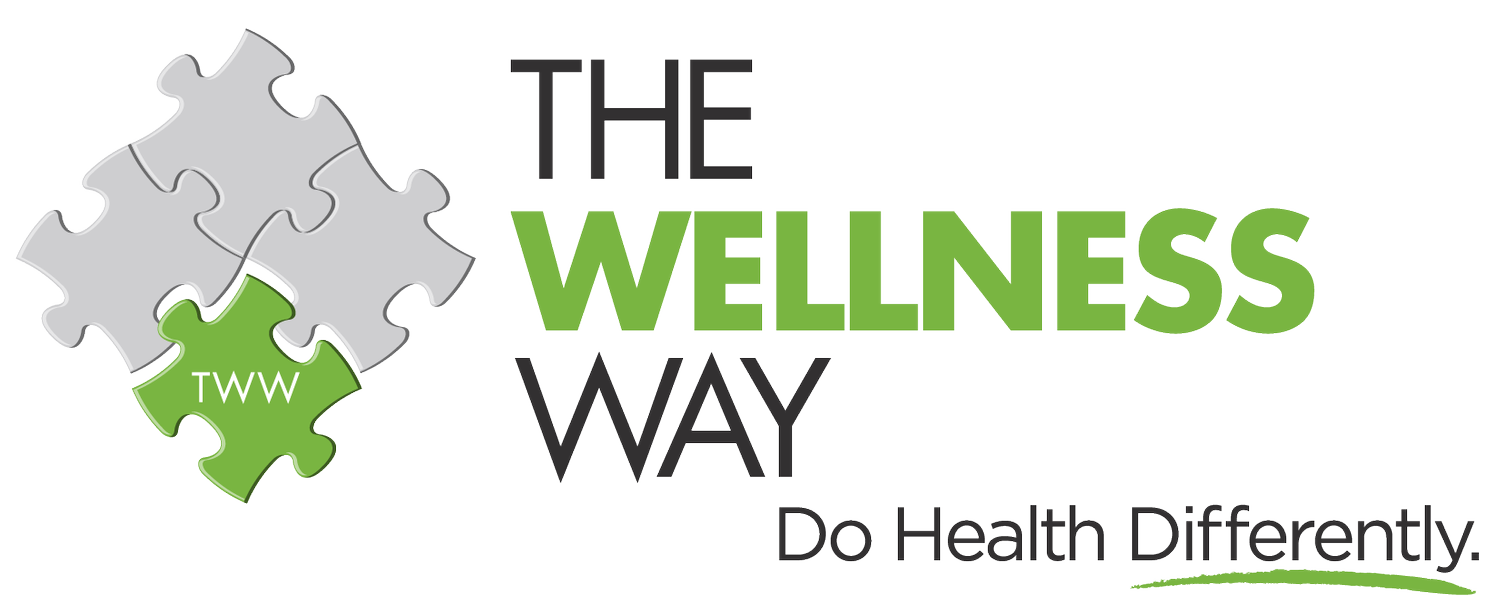Mold and Chronic Illness: Is Mold Toxicity Preventing Your Healing?
Mold is an omnipresent fungus that plays a vital role in nature. However, when mold invades your home, it can become a hidden adversary, significantly impacting your health. Chronic illness sufferers often struggle to pinpoint the underlying causes of their symptoms. Surprisingly, mold toxicity might be the elusive culprit preventing recovery.
Understanding Mold and Its Invasion
Mold belongs to the fungi kingdom, thriving in warm, damp environments. It reproduces through microscopic spores, which can infiltrate your home via open windows, doors, clothing, pets, and HVAC systems. Once indoors, mold can establish colonies in unseen, damp areas, silently compromising indoor air quality.
The Health Impacts of Mold Exposure
Exposure to mold can have serious health repercussions. Mold's health effects are generally categorized into three types: allergenic, pathogenic, and toxic.
Allergenic Effects: Mold spores can trigger allergic reactions. If you have existing sensitivities to environmental allergens such as pollen or dust, you might be more susceptible to mold allergies, which can manifest as sneezing, runny nose, and itchy eyes.
Pathogenic Effects: Certain molds can cause infections, especially in individuals with weakened immune systems. This can lead to respiratory issues, sinus infections, and other health problems.
Toxic Effects: Mold produces mycotoxins, potent toxic substances that can have severe health effects. Mycotoxins can be inhaled, ingested, or absorbed through the skin, leading to symptoms like brain fog, headaches, fatigue, muscle cramps, joint pain, and respiratory issues.
Recognizing the Symptoms of Mold Toxicity
Mold toxicity, or Chronic Inflammatory Response Syndrome (CIRS), can mimic a wide range of chronic illness symptoms, making it difficult to diagnose. Common symptoms include:
Cognitive issues: brain fog, memory problems, difficulty focusing
Respiratory problems: asthma, wheezing, chronic coughing
Neurological symptoms: persistent nerve pain, numbness, tingling, tremors, vertigo
Digestive issues: nausea, abdominal pain, diarrhea
General malaise: fatigue, weakness, muscle cramping, joint pain
Other symptoms: eye irritation, skin rashes, sore throat, runny nose, sinus problems
Steps to Prevent and Remediate Mold
Control Humidity: Mold thrives in humid conditions. Maintain indoor humidity below 50% using dehumidifiers and air conditioners.
Address Water Leaks: Fix any leaks promptly. Water damage can foster mold growth within 24-48 hours.
Improve Ventilation: Ensure proper ventilation in bathrooms, kitchens, and laundry areas to reduce moisture buildup.
Regular Cleaning: Clean and dry any damp surfaces, especially in bathrooms and basements. Use mold-inhibiting cleaners.
Monitor HVAC Systems: Regularly inspect and clean HVAC systems to prevent mold spores from circulating.
Use Natural Remedies: For minor mold issues, solutions like baking soda, hydrogen peroxide, and tea tree oil can be effective.
Mold toxicity is a hidden health threat that can exacerbate chronic illnesses and impede recovery. By understanding the risks, recognizing the symptoms, and taking proactive steps to prevent and remediate mold, you can create a healthier living environment and support your journey to wellness.
Don't let mold toxicity be the silent barrier to your healing. Take action today to protect your health and well-being.

